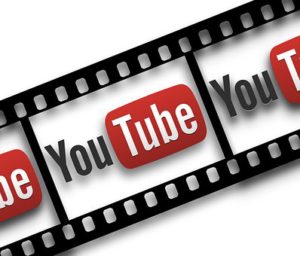Coronavirus and the Effects on Essential Workers
The COVID-19 pandemic has brought to light how much our society depends upon essential workers. We often discuss the mental health and morale of Americans who are in quarantine or who have lost family members. But what about our front-line workers? They face the coronavirus on a daily basis AND endure the toll it takes on their mental health.
Who are essential workers?
When most people hear the terms ‘front-line’ workers, they recall nurses, doctors, and health care workers. But we’re forgetting the rest of them.
These are:
- Policemen.
- Garbage Collectors.
- Street Cleaners.
- Critical Retail Workers, e.g. grocery stores, mechanics.
- Food Production and Agriculture.
- Custodial staff.
- Wastewater and Water.
- Childcare workers.
- Energy workers.
- Transport Workers.
While many people have changed to work-from-home, most essential workers cannot make this transition. Many risk their lives by leaving for work every day to maintain some semblance of normality for the rest. Praise all these workers for working in dangerous and exhausting conditions.
Unfortunately, many essential workers are only adequately protected. Many don’t wear sufficient personal protective equipment (PPE). They also have insufficient resources and supplies to perform their jobs safely during the current coronavirus outbreak.
What are some challenges faced by essential workers?
Government officials and global health organizations have all stressed the importance of maintaining social distancing and wearing a mask when heading out. However, is this enough to protect our essential workers? For example, a grocery store clerk has to come face-to-face with customers on a daily basis. Most of them are equipped with only basic personal protective equipment such as latex gloves and a face mask.
However, this is not enough to protect them from the coronavirus nor curb its spread. The clerk may inadvertently touch a credit card or cash and touch their eyes or face. That same clerk may touch a plastic bag with their bare hands that might contain traces of the virus. Unfortunately, all grocery clerks cannot stay home and put themselves in self-quarantine.
Front-line workers working in proximity with other employees such as meatpackers, retail clerks, pharmacists, etc. are at especially high risk for contracting the coronavirus.
Apart from getting infected, many essential workers are at risk of developing certain mental health disorders such as depression, anxiety, alcoholism, etc.
A grim reality faced by most of these workers is their wages. Most of them belong to low-income families. This means their income is vital to their survival. They’re unable to quit their high-risk job.
What is the economic impact of the coronavirus?
The coronavirus is an epidemiological threat, with disruptive effects on the U.S. economy. It has disrupted the global supply chain of goods, making it very difficult for American companies to fulfill orders. It accosts workers in affected regions and reduces labor supply in other parts. This reduces the demand for American services and products.
The Click Experts’s team are essential players in reviving the economy. We will continue to serve our existing customers and help rebuild the economy. Get in touch with us today.
 1-844-47-Click (1-844-472-5425)
1-844-47-Click (1-844-472-5425)






